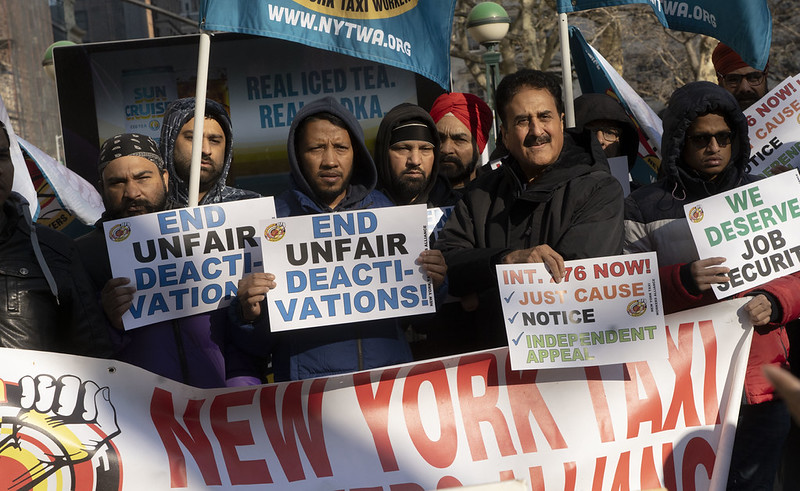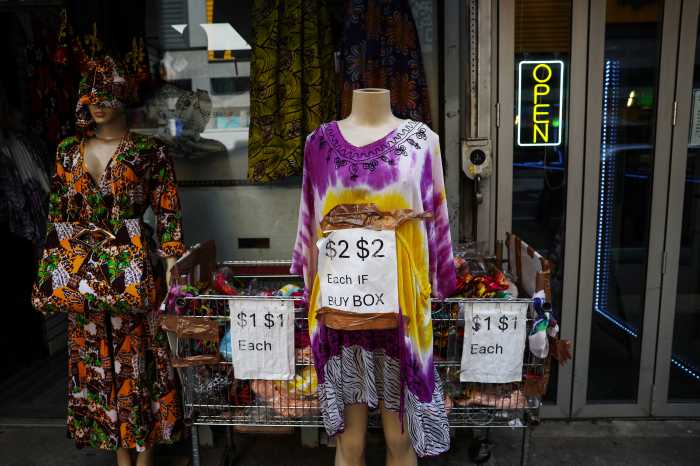Claudia Llamosa, who emigrated from Colombia two months ago, worried that she did not know enough about the gangs who plague Corona and Elmhurst to keep her three children safe, but after an information session last week, she felt much more equipped.
“You have to be aware of what your children are doing. You have to be well educated,” Llamosa said through a translator. Although her children, ages 10, 9, 7, are young enough that she does not yet have to worry about them getting involved with gangs, she said she is concerned about her nieces and nephews, some of whom are in their teens.
“She [also] wanted to know about the drugs,” Llamosa’s 10-year-old son Andres explained.
During the meeting sponsored by Assemblyman Jose Peralta in Elmhurst, a police officer from the Police Department’s gang squad, Sgt. Diana Erickson, and Michael Brovner, an assistant district attorney from Queens, explained that drugs are just one part of local gang business.
Other illegal activities of gangs include robberies, assaults, graffiti, and in the most organized ones - prostitution and the selling of forged documents. Gangs use graffiti to mark their territory and make their group seem larger than it may actually be, which in turn can draw in new recruits, said Brovner.
Gang members often hang around middle and junior high schools to recruit new members, especially at the end of the school year because kids will have much more free time during the summer.
Common gang identifiers are clothing specific to the gang colors, tattoos, gang symbols, beads, and “flagging,” which means wearing jewelry, rolling pants or shirtsleeves, or tipping baseball caps to one side. Parents’ suspicions should be aroused with unexplained injuries, dropping grades, aversion to particular colors, mysterious money and new electronic devices.
“Don’t believe them if your kid tells you that their friend gave them an iPod. Their friend is not going to give them an iPod,” said Erickson.
Erickson showed two videos of rappers declaring their allegiance in slang to the Crips, one of the largest and most powerful gangs in the country, and pulled up a PowerPoint presentation of gang tattoos, including the three-dot pyramid, which represents dog paws for the Bloods.
Many gang members, especially teens, she said, have begun wearing white T-shirts - including the DDP (Dominicans Don’t Play) - to avoid police and parental attention and will have more discreet symbols for their gang membership, some as subtle as a colored band-aid on the left or right side of their body.
Brovner said that King Mexican Devils (KMD), one of the most recent gangs to spring up in northwest Queens, tends to recruit adolescents, like most other gangs in the area except Sombra Negra (SN), whose members are mostly in their 20s. Gang membership in general can begin as young as 10, and members begin to drop out at age 25.
Although tattoos vary by gang, some of the most common ones are the Virgin of Guadeloupe, the image of the forgiving mother, and “Mi Vida Loca,” which can sometimes be depicted as three dots.
“Just because someone has one of these tattoos doesn’t mean they are a gang member, but it would make me personally very worried,” Brovner said.
“What if I suspect that my 14-year-old son is in a gang?,” one mother posed to the panel in Spanish.
Parents, who think that their kids may be involved in a gang, can call the youth officer in their local police precinct or contact a non-profit called “Council for Unity” through www.councilforunity.org.
































